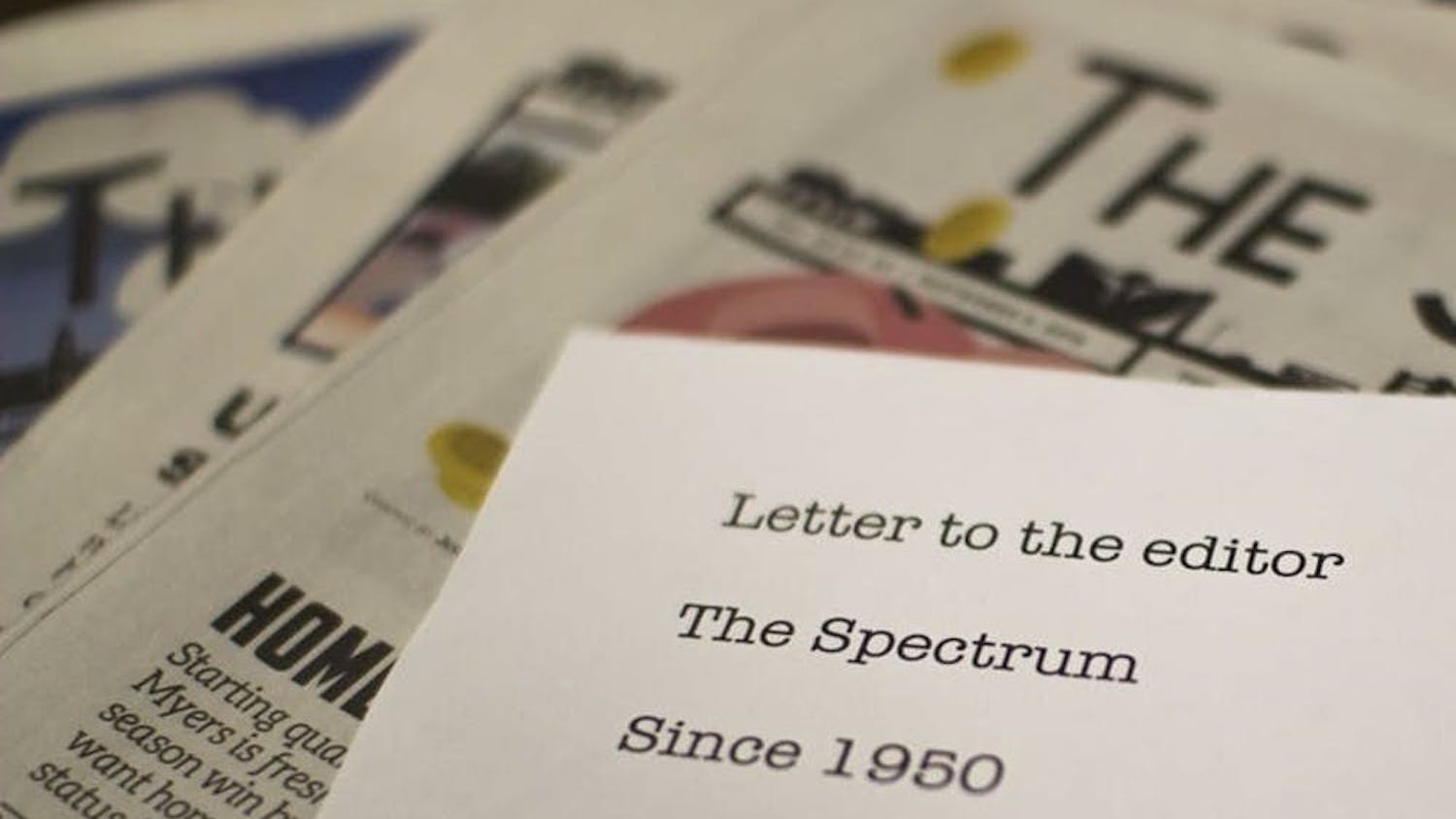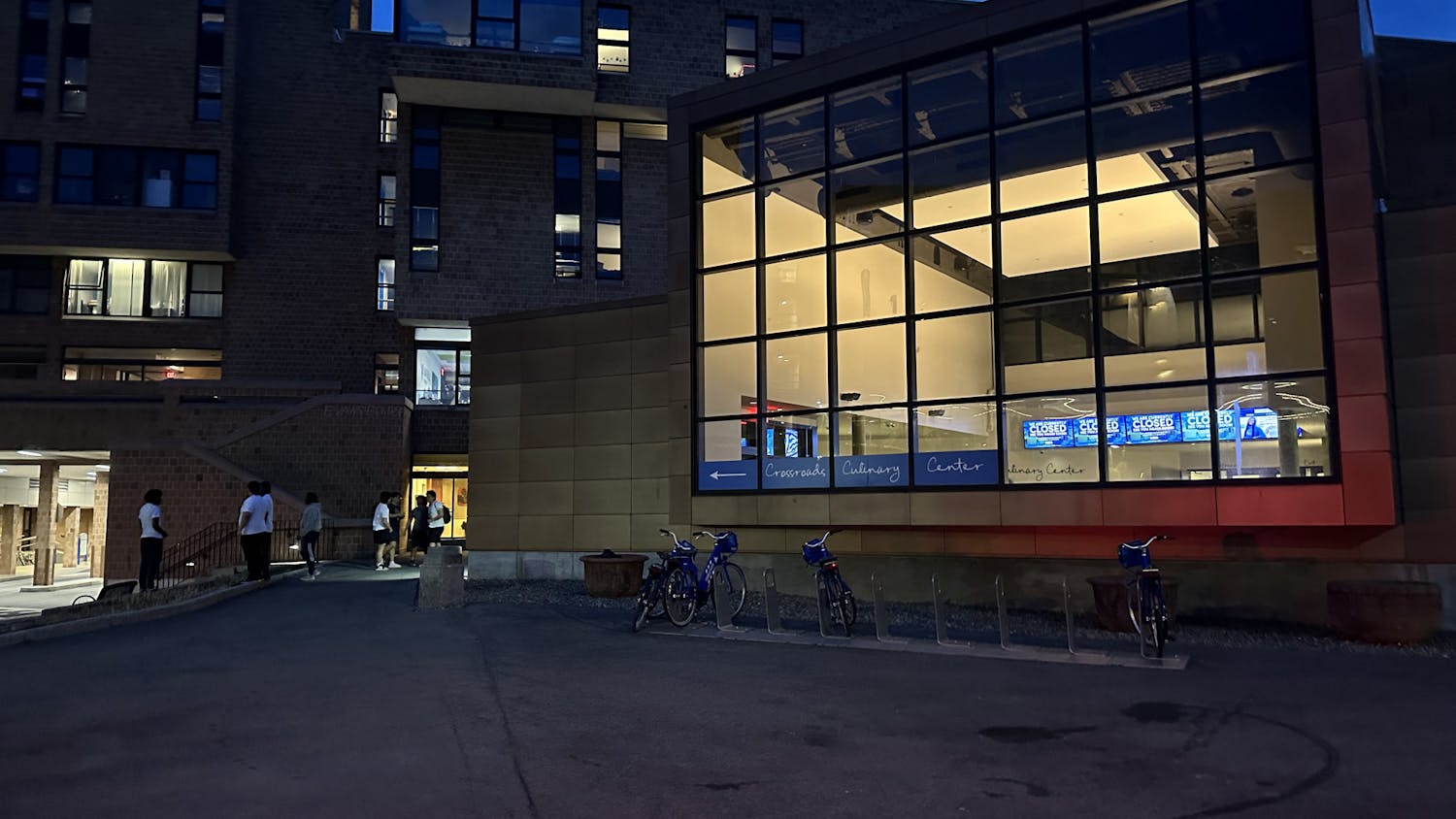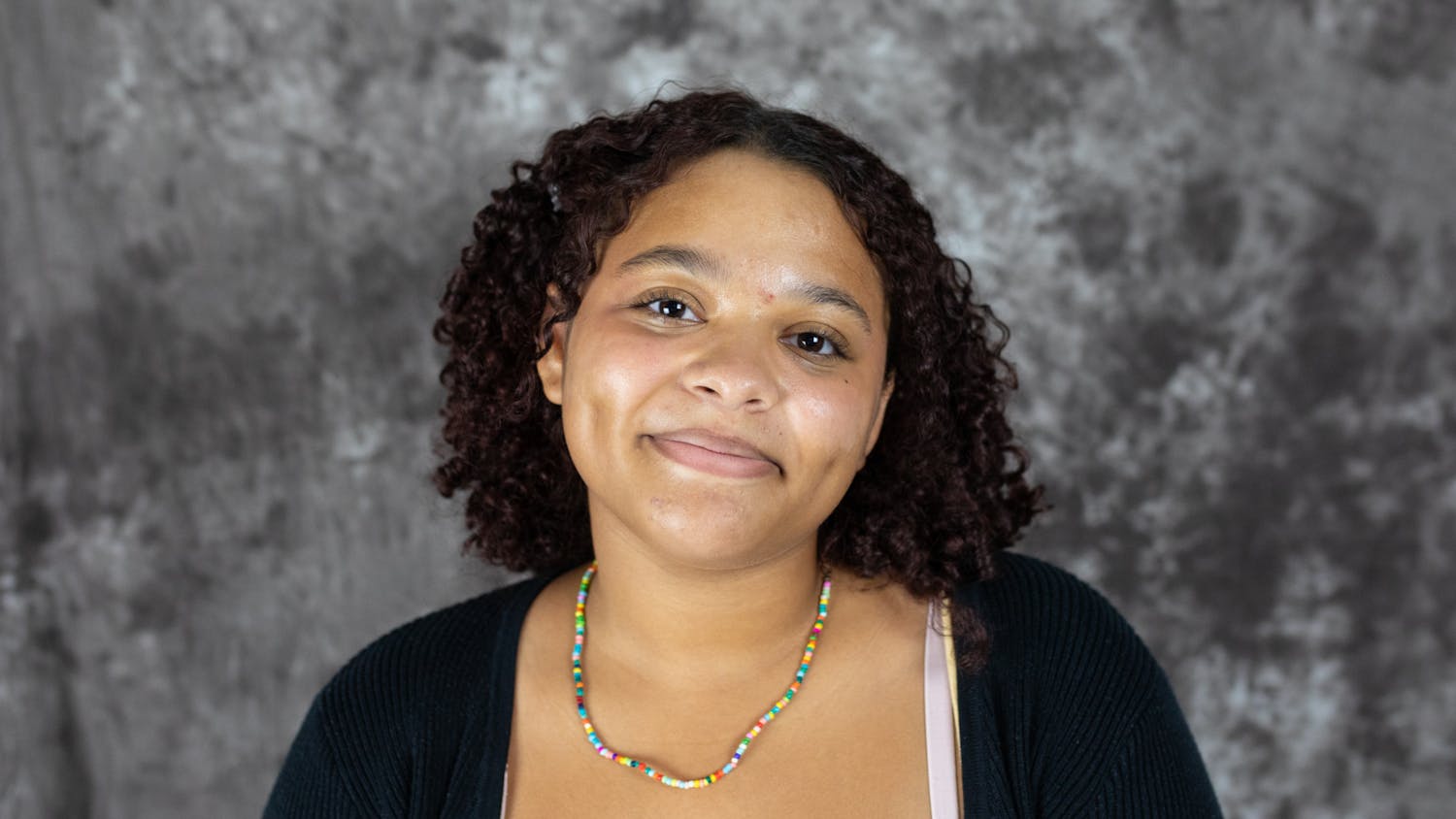Those students who took the time to read through The Spectrum's investigative piece on accessibility at UB on Monday learned that over 500 UB students with disabilities must navigate through a university that doesn't comply with the American Disabilities Act.
It is most ironic that the Disability Services office itself, let alone the rest of UB, is ill-equipped to serve these students. It should be a spacious, ultra-accessible place where disabled students are made to feel comfortable and able. It should be the last place where these individuals are made acutely aware of their conditions.
But its door is not one of the handicapped-accessible doors that open at the push of a button – those buttons that many able-bodied UB students absentmindedly push between classes – forcing wheelchair-bound students to seek help when entering and exiting the one office on campus designed to make life easier for them.
Additionally, the office suffers from a lack of space, and it seems logical that a cramped, tightly packed room should be the last place to serve as a haven for disabled students.
This is certainly not the fault of anyone at the Disability Services office. The people who work there have shown that they genuinely care about disabled students, and the office stretches its meager $80,000 budget to do everything it can for said students.
It is people like Director of Facilities Planning and Design Kevin Thompson – who offhandedly remarked that "luckily, [he hasn't] had to take a test" at the Disability Services Testing Center, where there is no safe fire exit for disabled students – and Associate Vice President for Academic Planning and Budget Sean Sullivan – who has been accused of ignoring requests for additional space in the Disability Services office – who are the problem.
UB planners can't even cop out by saying that campus buildings were built before federal accessibility regulations were made. Many of the entries on the list of UB's most inaccessible buildings were constructed after the Rehabilitation Act of 1973, which created accessibility stipulations for organizations that receive federal funding. UB, as a public university, receives such funding.
It's true that disabled students represent less than 2 percent of the total student population at UB. But does that make them any less important? We say no. Budget cuts or no budget cuts, these students need to be provided for, and federal law agrees with us.
UB 2020 will continue to fight on for the next 20 or so years, but perhaps UB planners should think about fixing the buildings and offices that are already here before designing new ones.




